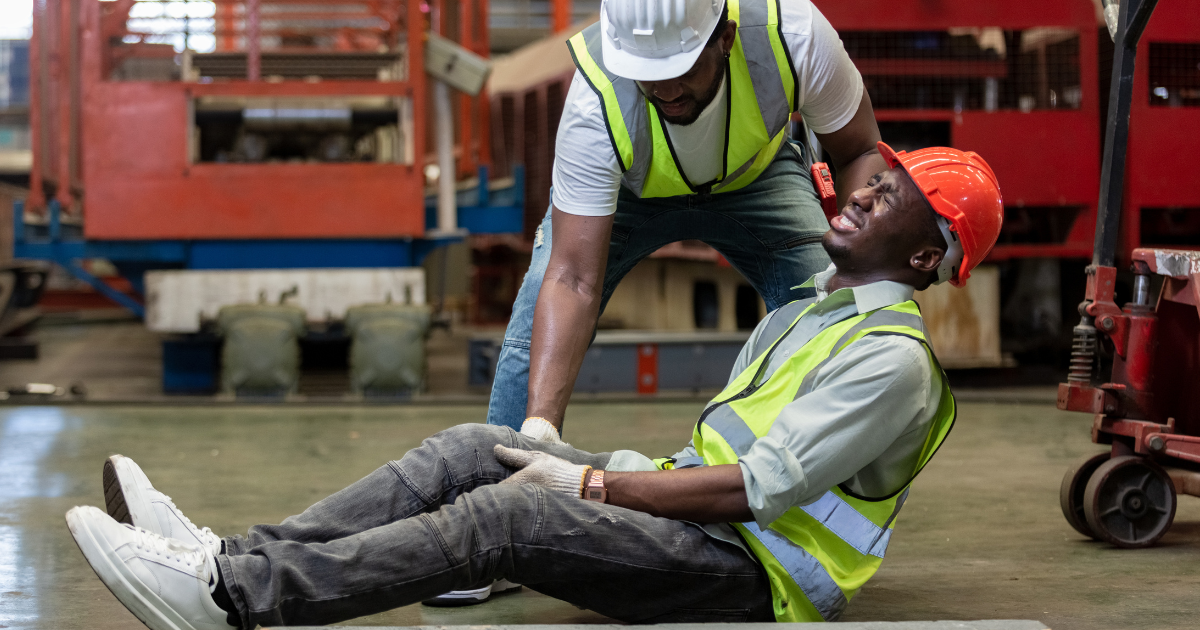The Consequences of Amazon’s High Workers’ Comp Claims
Amazon has been busy lately and it is no mystery why: online shopping has always been convenient, but now during the ...
The Consequences of Amazon’s High Workers’ Comp Claims
Amazon has been busy lately and it is no mystery why: online shopping has always been convenient, but now during the Covid-19 pandemic it is also safer. But its orders are not the only thing skyrocketing for the shipping company. State governments and insurance companies are reporting increasing numbers of workers’ compensation claims filed by Amazon employees and affiliates. If this trend continues, Amazon may be singled out for special treatment among state workers’ compensation systems.
Higher Claims at Amazon Fulfillment Centers Than Other Warehouses
Amazon is a multinational company, but it was founded in the state of Washington. It remains a large employer in the state of Washington with six “fulfillment centers.” Fulfillment centers are large facilities where online orders are sorted, packed, and shipped. The number of employees working in a fulfillment center can be as many as hundreds or even thousands. In plain English, fulfillment centers are warehouses. But in workers’ compensation, they may be something different.
Many state workers’ compensation systems include Amazon fulfillment centers in the warehouse “risk class.” Risk classes determine the amount of insurance premiums employers pay for workers’ compensation, because the risk of work-related injuries is different depending on the type of industry or worksite. Grocery distributors and recycling centers are other examples of warehouses in this risk class.
But are grocery distributors, recycling centers, and other warehouses really the same as Amazon fulfillment centers? Amazon fulfillment centers operate 24 hours per day while processing a volume of orders that greatly exceeds other warehouse businesses. The risk of work-related injuries may be based on more than simply how similar Amazon fulfillment centers look like other warehouses.
The state of Washington’s Department of Labor and Industries disclosed that the number of workers’ compensation claims from Amazon fulfillment centers have tripled since 2014. Claims from other warehouses have not similarly increased. Yet, across the entire warehouse industry, workers’ compensation insurance premiums rose by 18% since 2019. Other warehouse employers argued that was unfair.
The state of Washington recently announced it will raise insurance premiums for Amazon specifically by 15% in 2021. That means Amazon will pay millions more to insure its workers. However, it is very likely that “fulfillment centers” will become a new and separate risk class from warehouses that the state of Washington, and perhaps other states, will use in their workers’ compensation systems.
A new and separate risk classification for Amazon worksites may also raise public awareness of the company’s working conditions.
More Injuries Suffered by Amazon Delivery Service Partners
Fulfillment centers are not alone in experiencing higher workers’ compensation claims within Amazon’s e-commerce empire. Colorado’s largest workers’ compensation carrier, Pinnacol Assurance, reports delivery drivers for Amazon are claiming work-related injuries at double the rate than drivers for other businesses.
Amazon contracts with many third-party delivery drivers to distribute their orders. These third parties are called delivery service partners (DSPs). Importantly, they are not technically Amazon employees. DSP drivers experienced slip and falls and animal-related injuries at a higher rate than other delivery drivers in the state.
Pinnacol Assurance says this is because of the high volume of Amazon deliveries and many DSPs are new and lack adequate work-safety rules. Furthermore, most injury claims are from drivers who have been working for less than six months.
However, Amazon will not likely face higher insurance premiums because of increased work-related injuries suffered by DSP drivers. That is because DSPs are independent contractors and not employees of Amazon. Generally, most states’ workers’ compensation laws only require an employer to insure its employees, not independent contractors.
Nevertheless, the DSPs themselves are required to insure their drivers. If the increased risk of work injuries associated with DSPs increases workers’ compensation insurance premiums, that will make it more expensive for Amazon to continue contracting with DSPs.
Legal Counsel for Injured Amazon Workers and Contractors
Business for Amazon has grown during the pandemic. That also means more people are beginning to work for Amazon. As the increase in their workers’ compensation claims indicates, sustaining a work-related injury is a very real possibility. If you are injured working for Amazon, talk with one of our workers’ compensation attorneys about your claim. We can help ensure you receive the medical treatment you need—even if your claim is denied. You deserve meaningful compensation, so our attorneys will not let Amazon lowball it. Call or schedule a free consultation today.




